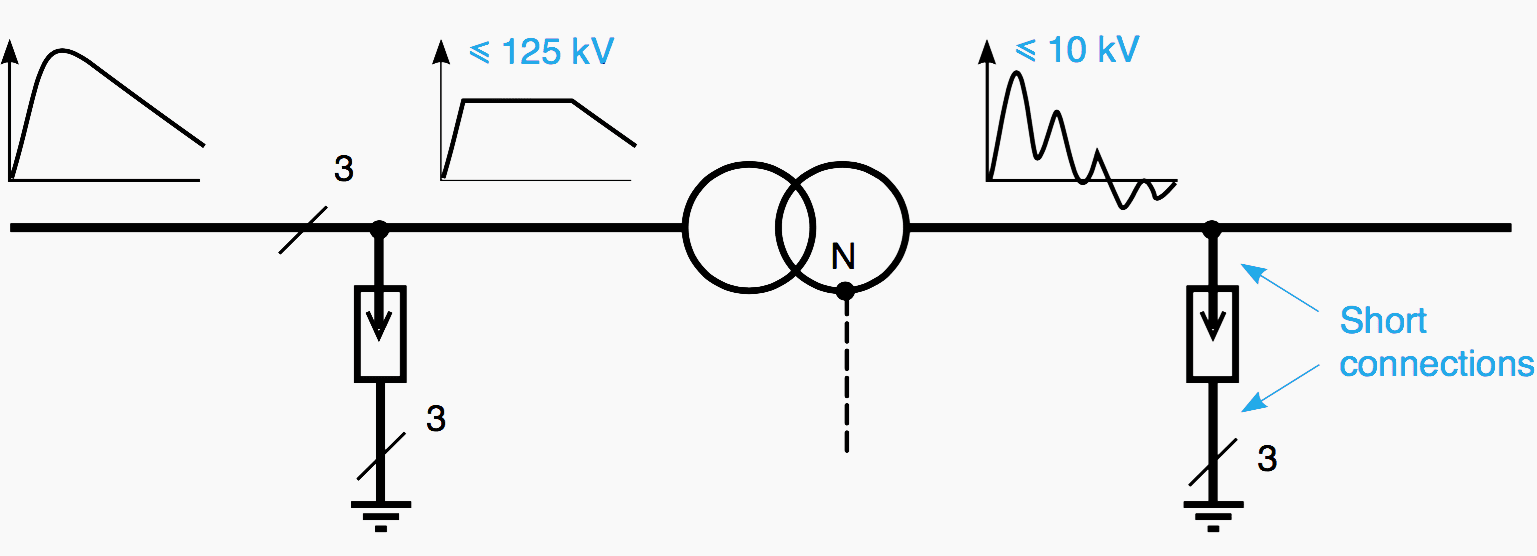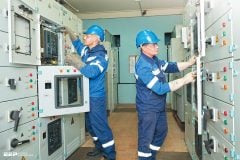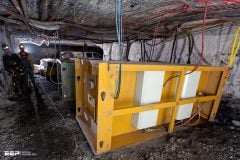LV networks influenced by MV side
Low voltage networks, unless a replacement uninterruptible power supply (with galvanic insulation) or a LV/LV transformer is used, are influenced by MV. This influence takes the form of: capacitive coupling, galvanic coupling and common impedance.

And the reasons for influences are:
- Capacitive coupling: Transmission of overvoltage from MV windings to LV windings
- Galvanic coupling, should disruptive breakdown occur between the MV and LV windings
- Common impedance, if the various earth connections are connected and a MV current flows off to earth
MV incidents and LV disturbances
This results in LV disturbances, often overvoltages, whose generating phenomena are MV incidents:
- Lightning
- Operating overvoltages
- MV-frame disruptive breakdown inside the transformer
- MV-LV disruptive breakdown inside the transformer
Their most common consequence is destruction of LV insulators with the resulting risks of Electric Shock of persons and destruction of equipment.
1. Lightning
If the MV network is an overhead one, the distributor installs ZnO lightning arresters to limit the effects of a direct or an indirect lightning stroke.
A lightning wave, however, is transmitted by capacitive effect between the transformer windings, to the LV live conductors and can reach 10 kV peak. Although it is progressively weakened by the stray capacities of the network with respect to earth, it is advisable to install surge limiters (lightning arresters) at the origin of the LV network, whatever system earthing is used (see Figure 1).


Likewise, to prevent coupling by common impedance, it is wise never to connect the following to the earth connection of the LV neutral:
- MV lightning arresters
- Lightning rods placed on the roof of buildings. In point of fact, the lightning current would cause a rise in potential of the PE and/or the LV neutral (risk of disruptive breakdown by return) and loss of earth connection effectiveness by vitrification.
2. Operating overvoltages
Some MV switchgears (e.g. vacuum circuit breakers) cause considerable overvoltages when operated. Unlike lightning which is a common mode disturbance (between network and earth), these overvoltages are, in LV, differential mode disturbances (between live conductors) and are transmitted to the LV network by capacitive and magnetic coupling.
Just like all differential mode phenomena, operating overvoltages do not interfere, or only very slightly, with any of the system earthings.
3. MV-frame disruptive breakdown of the transformer
On MV-frame disruptive breakdown inside the transformer and when the transformer frame and LV installation neutral are connected to the same earth connection, a MV “zero sequence” currrent (whose strength depends on the MV system earthing) can raise the frame of the transformer and neutral of the LV installation to a dangerous potential.
The earth connections of the substation and of the LV neutral are not generally connected. If however they are, a limit is given to the common earth connection value to prevent a rise in potential of the LV network compared with the deep earth.


- Z: Direct earthing (Z = 0) in TN and TT impedance-earthed or unearthed in IT.
- IhMV: Maximum strength of the first earth single-phase fault current of the high voltage network supplying the substation.
- Utp: Power frequency withstand voltage of the low voltage equipment of the substation.
- (1) The third letter of the system earthings means:
- All the frames are linked R
- The substation frame is connected to the Neutral frame: N
- The earth connections are Separated S
Note: No value stipulated but these values prevent excessive potential rise of the assembly
Figure 2 gives the common earth connection values for the IhMV values of French public networks. Readers interested in this can consult standard IEC 364-4-442 which explains the risks according to LV system earthings.
Still for public networks (except for Australia and the USA where the fault current can be very high), values encountered range from 10 A in Ireland (an impedance compensates the capacitive current) to 1,000 A in France (underground networks) and in Great Britain.
MV industrial networks are normally run in impedance-earthed IT and have a zero sequence current IhMV of a few dozens of amps.
The maximum value authorised for the earth connection resistance depends on the equipotentiality conditions of the frames of the LV network, i.e. on its system earthing.
4. MV-LV disruptive breakdown inside the transformer
To prevent potential with respect to the earth of the LV network from rising to the phase-to-neutral voltage of the MV network on MV-LV disruptive breakdown inside the transformer, the LV network must be earthed.
The consequences of this fault are:
In TN
The entire LV network, including the PE, is subjected to voltage IhMV RPAB or IhMV RAB.
If this overvoltage exceeds the dielectric withstand of the LV network (in practice of the order of 1,500 V), LV disruptive breakdowns are possible if the equipotentiality of all the frames, electrical or not, of the building is not complete.
In TT
Whereas the load frames are at the potential of the deep earth, the entire LV network is subjected to IhMV RPB or IhMV RB:
There is a risk of disruptive breakdown “by return” of loads if the voltage developed in RPB or RB exceeds their dielectric withstand.
In IT
Operation of a discharger/short-circuiter (known as a surge limiter in France), which short-circuits itself as soon as its arcing voltage is reached, then brings the problem to the level of the TN network one (or TT if there are several application earth connections).
The example of overhead public distribution in France provides a solution to a situation where risks of lightning, operating overvoltage and transformer frame-MV and MV-LV disruptive breakdown are present (see Figure 3).
It shows that equipotentiality of the entire distribution (all MV frames, neutrals and application frames connected) is not vital: Each risk is dealt with separately.


This section has described the influence of the MV network. Its conclusions are:
- The value of using lightning arresters at the origin of the LV installation, whatever the system earthing type, if the MV and particularly the LV supply is overhead;
- Connection of the earth connection of the substation with the earth connection of the LV neutral or with those of the application frames, imposes variable constraints on the LV network according to the MV system earthing (value of Ih).
Reference // System earthings in LV by R. Calvas B. Lacroix (Schneider Electric)











Very good at electrical engineering department in power engineering
I would like to ask you a question about medium voltage surge arrester.